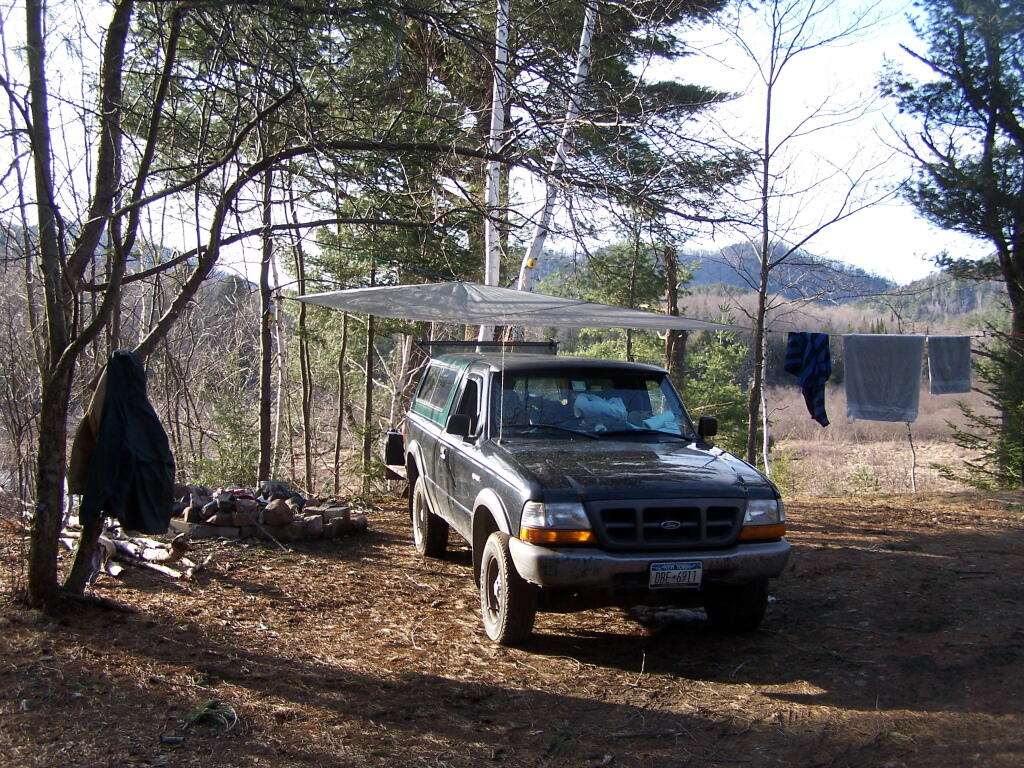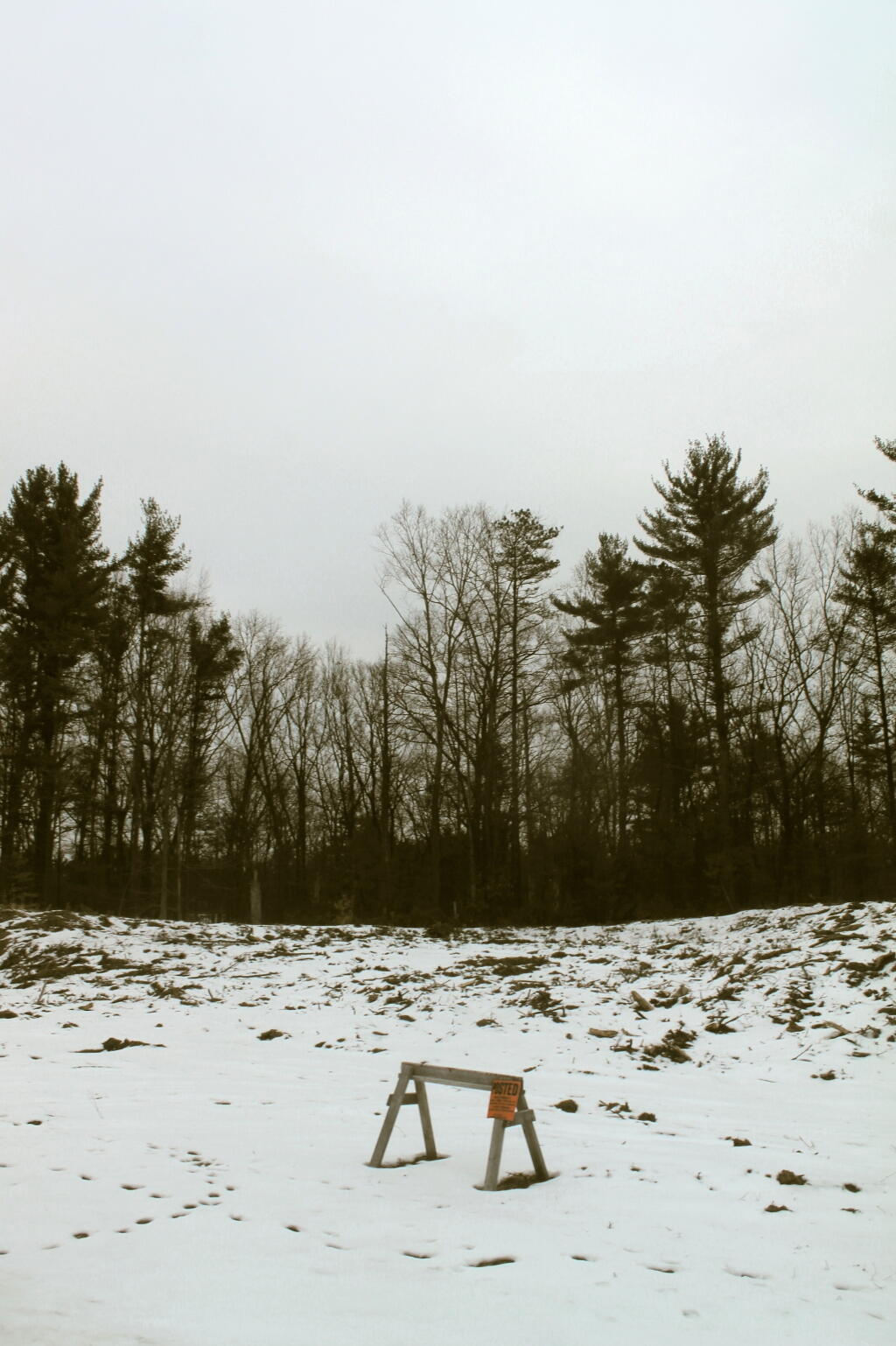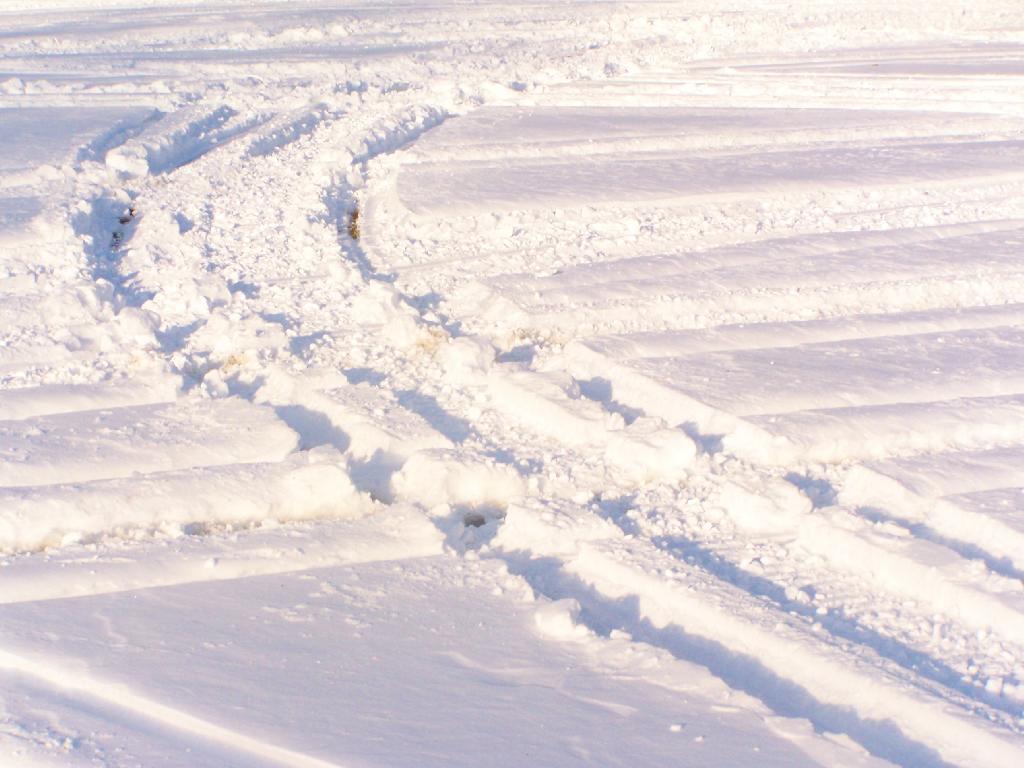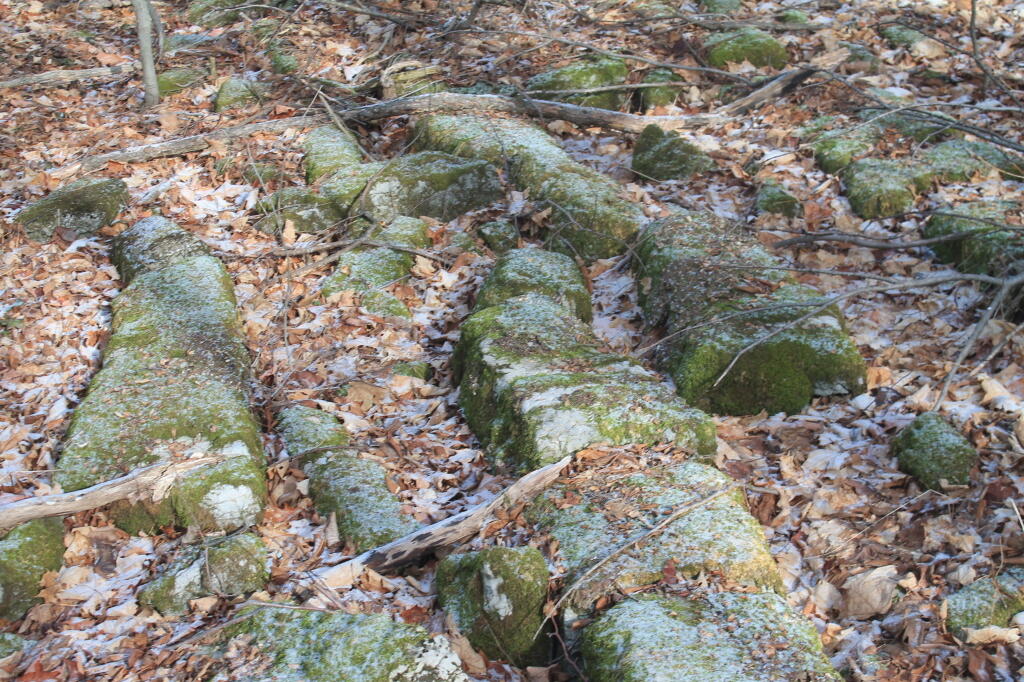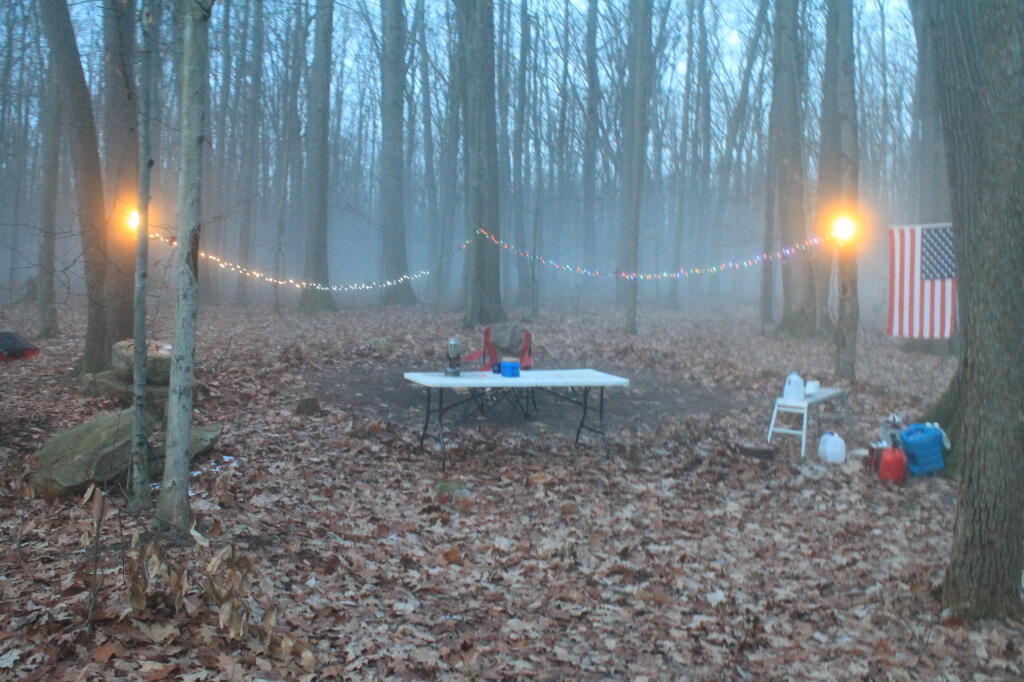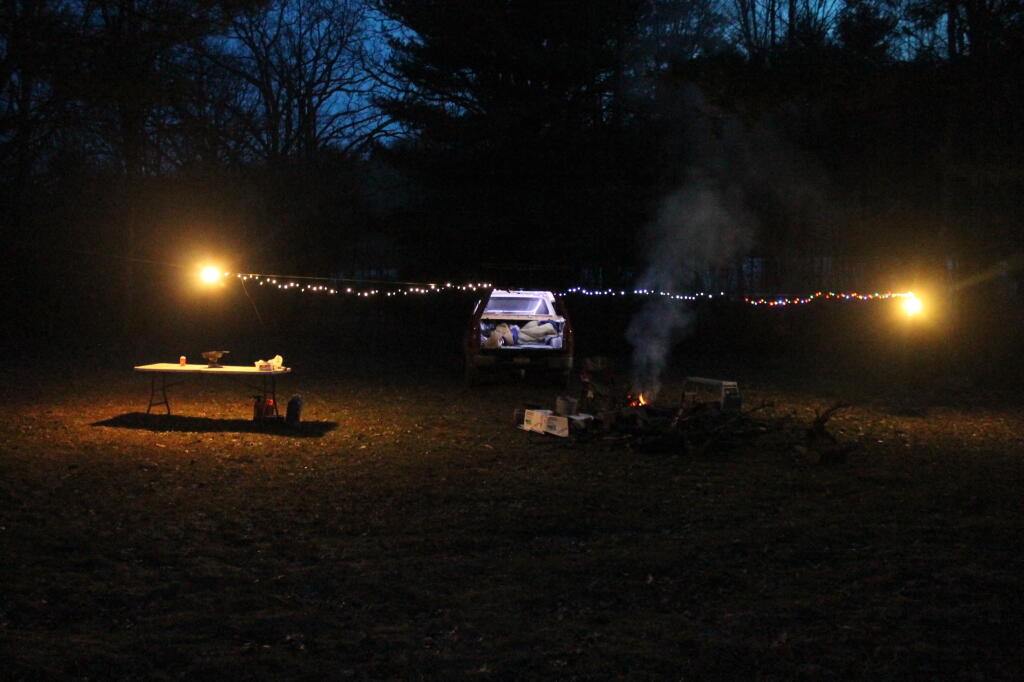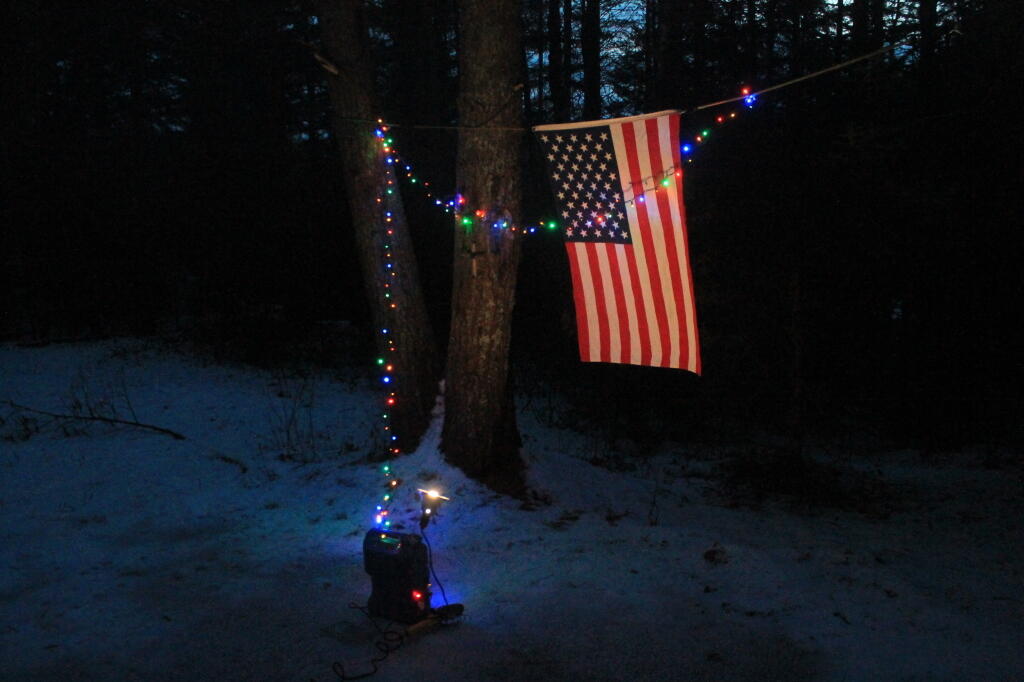There’s a lot to like about WordPress, but there also is some limitations I really did not like.
What I Didn’t Like About WordPress
The standard category manager built into WordPress is awful, it can be slow, and clunky with many categories. It simply slows down and malfunctions a lot with many categories.
This is not a problem navigating the site, but the way it works internally, the category navigator creates excessive SQL queries and is slow. It turns out a simple re-write of the category editor, using plugins greatly speeded it up, and is much easier to use. That fixed that problem, and at some point, I may release my replacement category editor.

I also wrote a plugin to replace the default categories widget in the post authoring section. Rather then use a navigation pane to look for categories, the new category box now use auto-complete to select the category. So rather then search for the blogging post, it now provides me with an autocomplete box.

Another speed and reliability issue comes in with 404 errors. It turns out that when WordPress can’t find a particular post, it tends to do a lot of searching in different places for the proper post — regardless of whether or not you want it do that. Part of that was the fault of the 404 Redirected Plugin I had installed, and some has to do with the unique permalinks set-up I currently use — but it’s still an occasional problem, only faced by people who follow a bad link. It can sometimes bleed over and cause the entire site to go down over, but that’s pretty rare problem.
The 404 problem goes away entirely if I disable permalinks entirely, but not if the permalinks are left on in one form or another — even in preferred ID-based structures. I don’t really understand the issue, but it seems only slow down a small number of page views, so at this point, it’s been put on back burner.
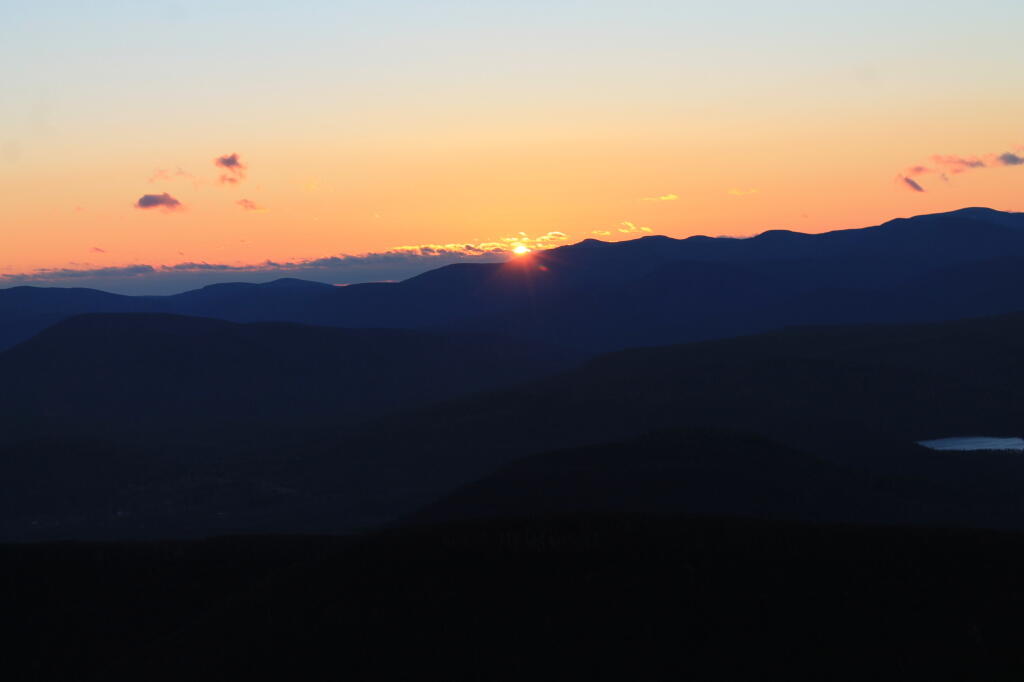
Been Exploring Drupal 7
I spent several weeks reading up about the internals of Drupal 7, and trying to decide if that was the blogging product right for me to replace my WordPress installation. I was surprised how much work it would be to make the switch, and retain many of the unique features of my blog that I currently enjoy.
Drupal 7, at least it out of the box design, is very bare-bones. There are limited quality, free modules for it compared to all-popular WordPress. But there was some things I liked a lot about it — namely the robustness of it’s module structure. I got a couple of books out of the library, and started hacking away at it. It was really difficult to get my head around though, as the whole system is very abstract, and getting it molded into my vision of how my blog should work, proved much more difficult then I expected — at which point I abandoned my efforts with Drupal for now.
I also did not like how much Drupal breaks between major release versions. It’s true that WordPress sometimes breaks it’s API — sometimes even in minor versions, but it seems like the whole WordPress platform is more stable than Drupal.
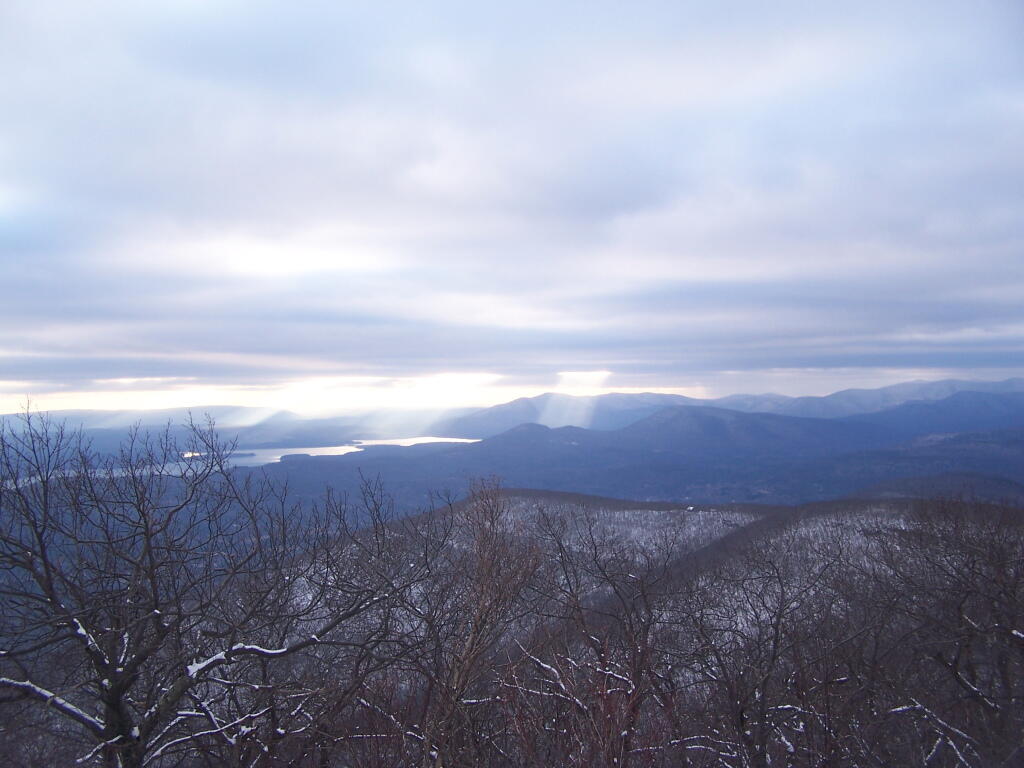
Back to WordPress for Now
Re-writing the category editor and category selector in the WordPress post editor, made things a lot nicer for now. It made the site immediately more maintainable, and made the whole back end work smoother. It convinced me that it would be easier to stay with WordPress for now, and focus on content and improvements to WordPress, rather then moving away from it.
I made some adjustments to infinite-scroll, to speed up the automatic loading of pages. Little things, but they kind of made a big difference.
I also spent some time fixing the categorization of posts, adopting a County-based system for places.
Right now, maps and photos are tied to the blog via shortcodes and automagically-generated posts via the API. This is not a perfect solution, as it sometimes breaks the permalinks by regenerating the WordPress page, every time a photo is updated. It also can be a bit sluggish in the back end, and cause weird problems from time-to time.

The media (maps, photos, google maps) is stored in a custom table, totally seperate from the WordPress tables. It uses a seperate interface to maintain it all, while connected via a menu, and relying on WordPress API calls and categories, it really is only minimally integrated into WordPress. But it works fairly well.
During the Winter Months Will Continue to Explore
I enjoy writing PHP code. WordPress coding is a lot of fun too, because there are so many great APIs to call and easily accomplish things without doing much work.
I recently started using NetBeans IDE, rather then the much more minimal GEdit text-editor to code — which is great, because it provides many more helpful hints including integrating the WordPress API and PHP documentation, provides easy roll-back and tracking of changes, and makes finding coding errors much faster.

We will see where this all leads. I have a lot of free time during the long, boring winter, to explore WordPress and take blogging into a new direction.





